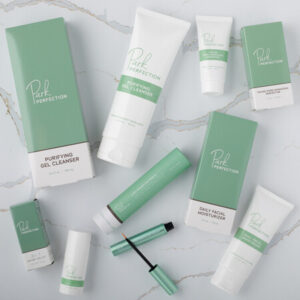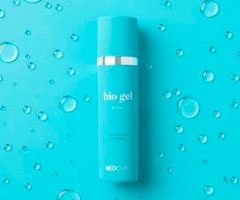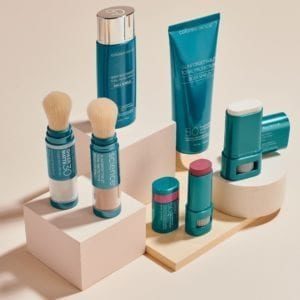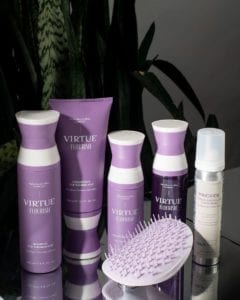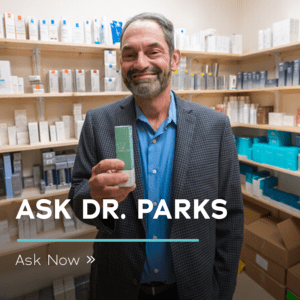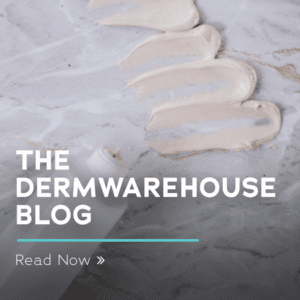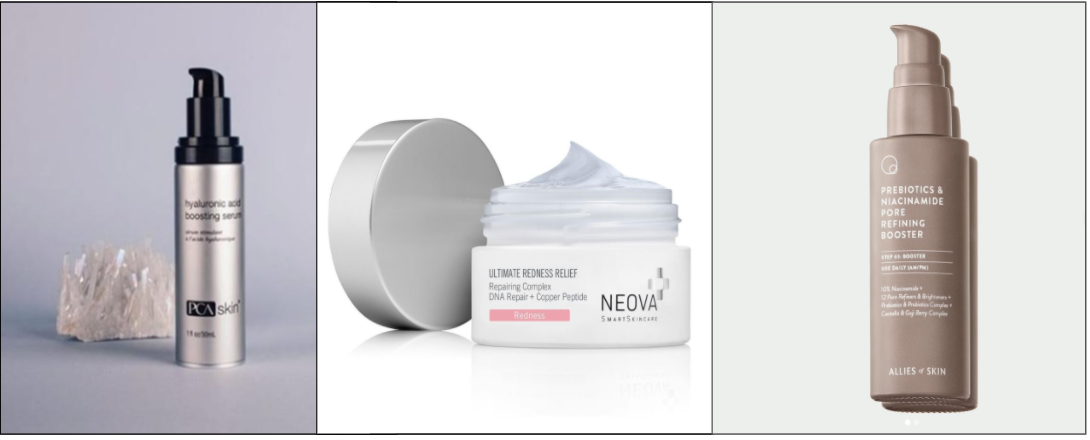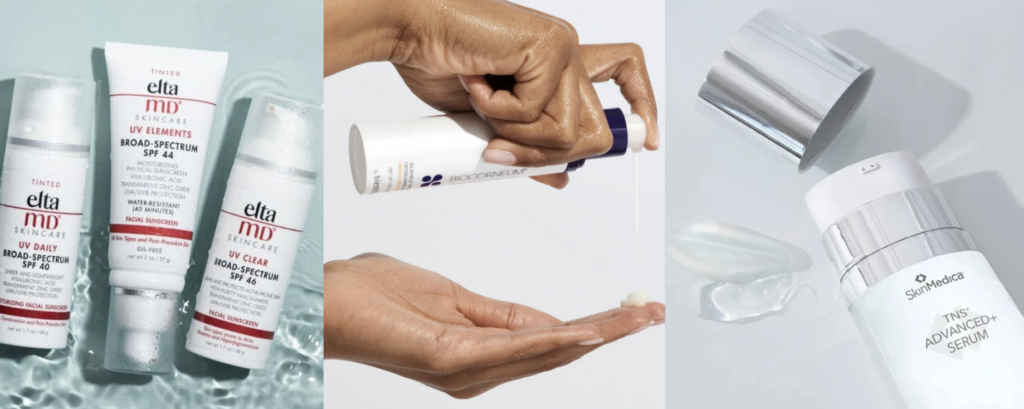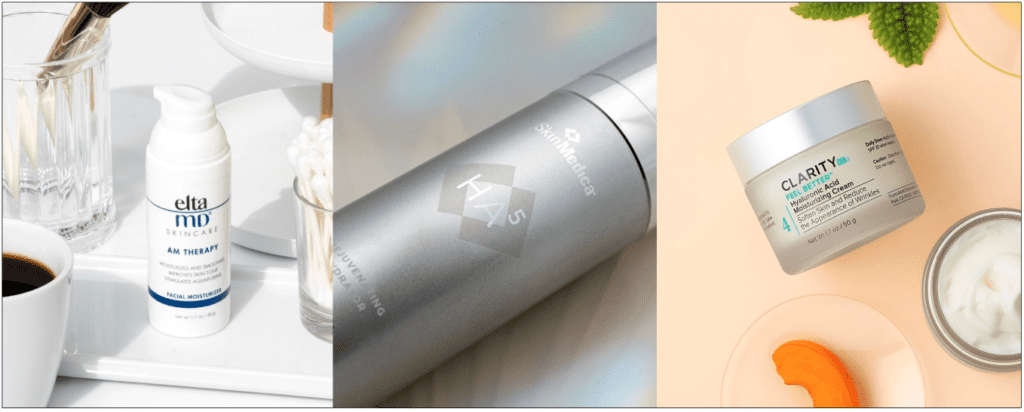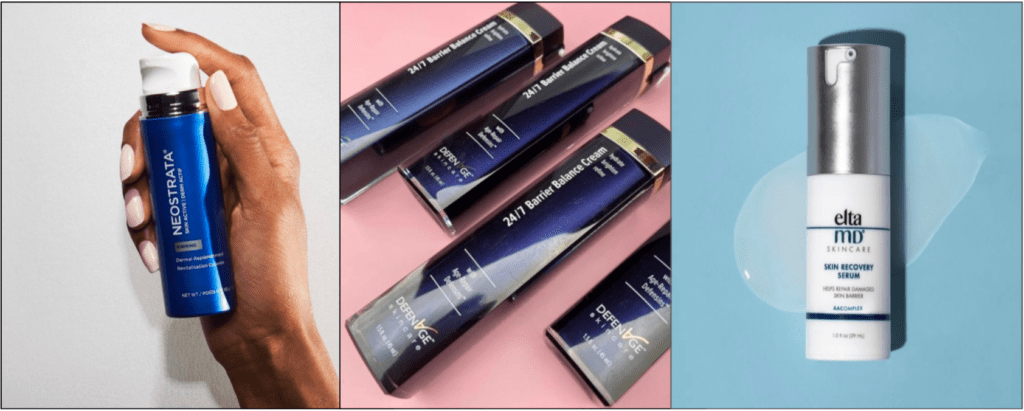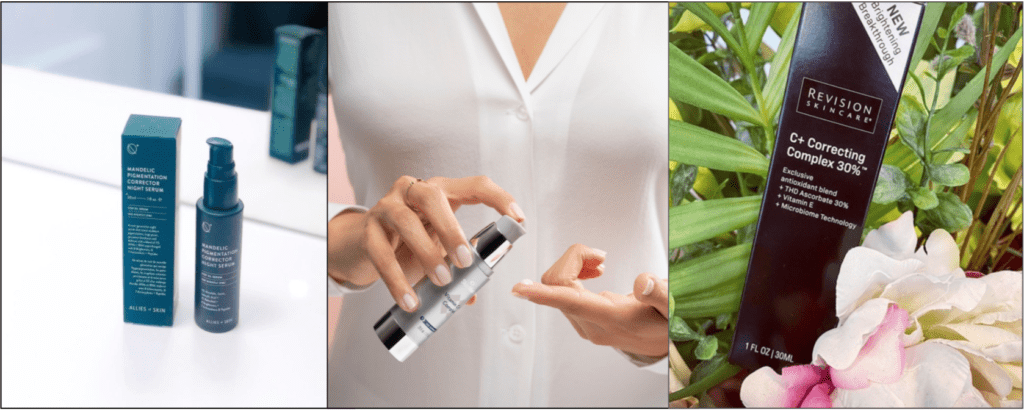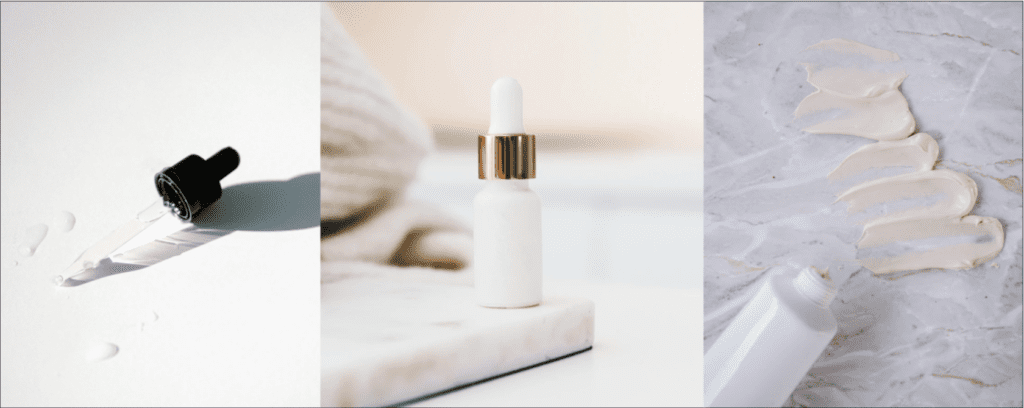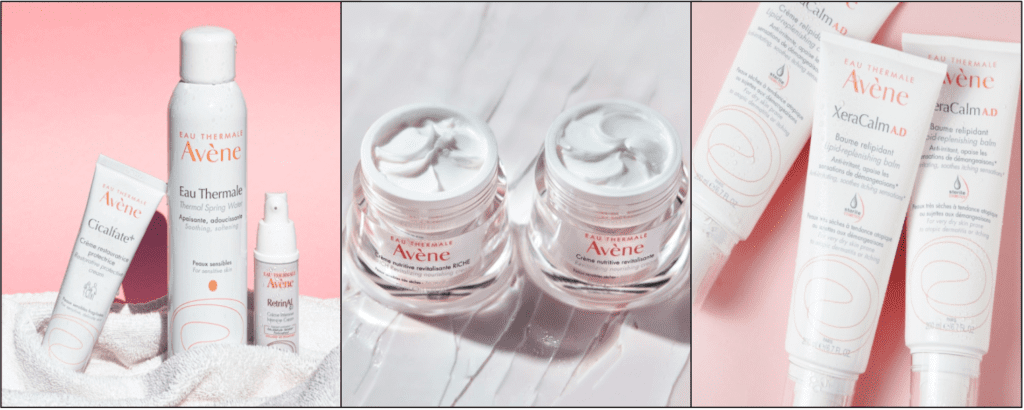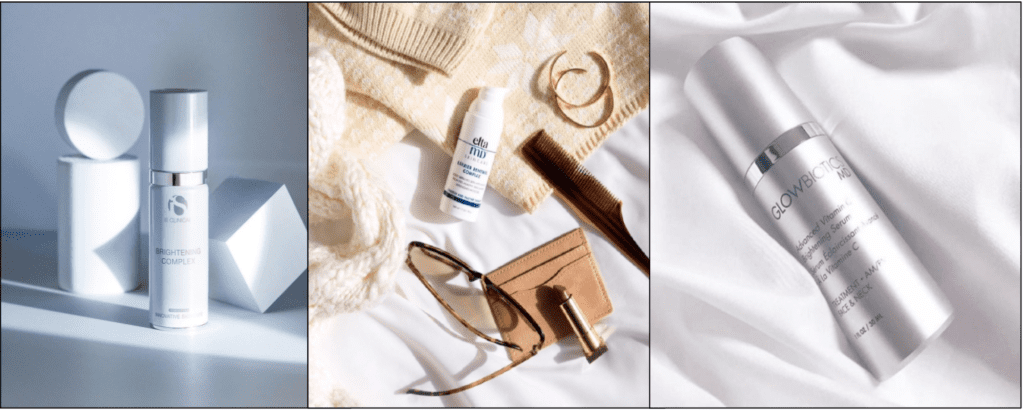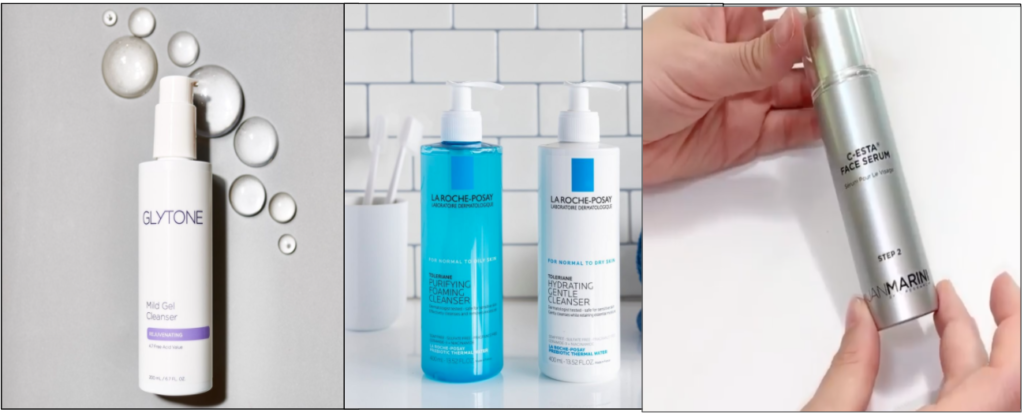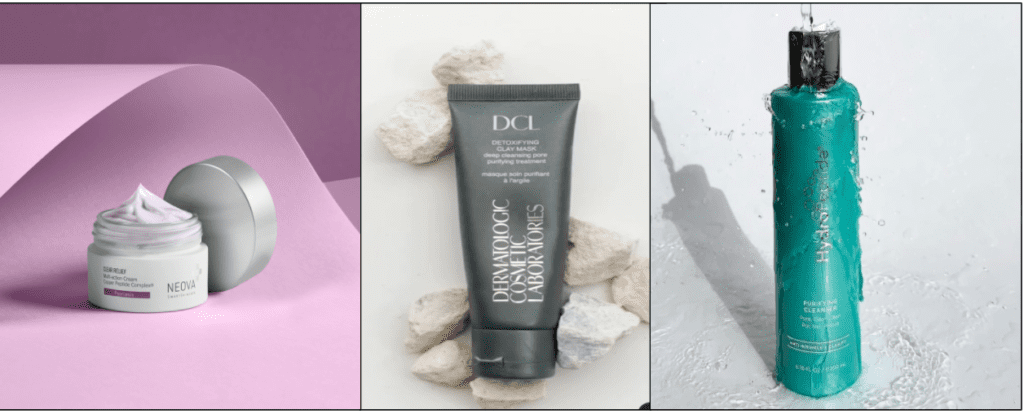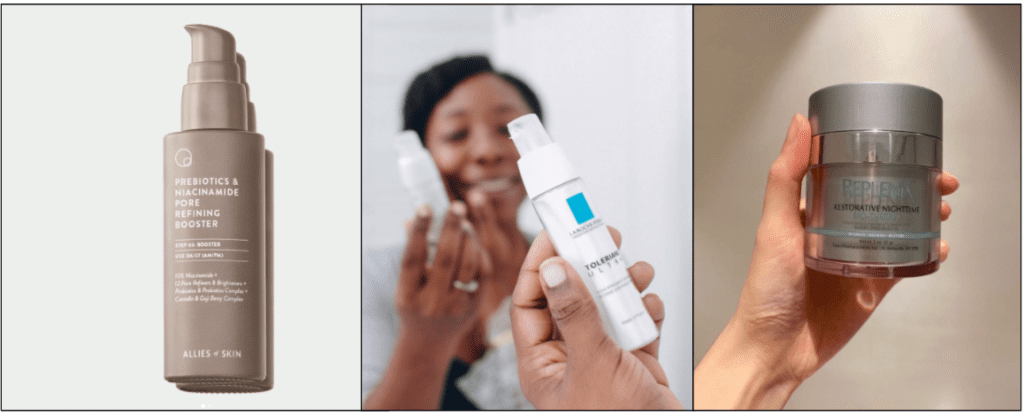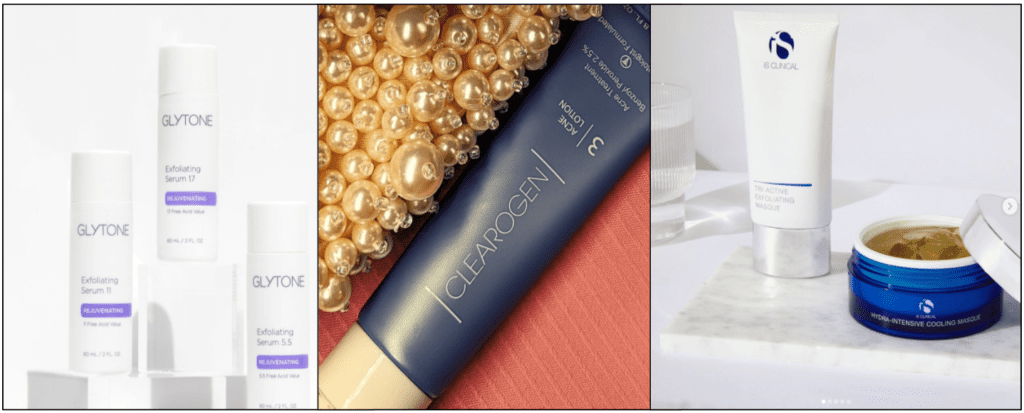There are so many moving parts when it comes to your skincare that many often don’t realize can affect how your skin looks and feels. Taking care of your skin is a lot more than taking off your makeup and applying sunscreen (although these are two very important tasks!) One of the biggest aspects that many don’t know about is the protective moisture barrier on your skin. What is the moisture barrier, you ask? In simple terms, it’s exactly what it sounds like- it’s a protective layer on the skin that helps it to retain moisture. It includes the epidermis, the outermost layer of the skin, which actually consists of five different layers, including the stratum corneum. The stratum corneum is the outermost layer of the epidermis, and is responsible for shedding dead skin cells. The outer barrier of the skin is responsible for keeping the good things, like moisture, held inside your skin and keeping the bad stuff, like toxins and allergens, out of your skin. Your skin needs moisture to keep it from getting dry, dehydrated, and cracked, which is why it’s so important to keep this barrier healthy and in tact.
How will I know if my moisture barrier is damaged?
Pay attention to your skin- if you’re noticing dry, red, itchy, and inflamed skin on a consistent basis, it could be due to your moisture barrier. Luckily, there are things you can do to help repair your moisture barrier.
How do I work to repair the barrier?
Along with making sure to drink enough water and keeping a consistent skincare routine, there are certain ingredients and products known to help repair your moisture barrier.
Hyaluronic Acid: Hyaluronic acid is beloved for adding moisture to the skin because it holds 1,000 times its weight in water, meaning it can pull water (moisture) back into the skin. This is essential for strengthening your skin’s moisture barrier. One of the most effective ways to add hyaluronic acid into your routine is through a serum like the PCA Skin Hyaluronic Acid Boosting Serum or the Allies of Skin Multi Hyaluronic Antioxidant Hydration Serum.
Ceramides: Ceramides are lipids that help to actually form the skin’s barrier and help it to retain moisture and stay healthy. Adding in ceramides to your routine can help to reinforce the skincare barrier and keep all the good things that your skin needs from escaping. Add ceramides into your routine with the SkinMedica TNS Ceramide Treatment Cream or the Elta MD Barrier Renewal Complex.
Lactic Acid: You may have heard of lactic acid as a chemical exfoliant, but it’s actually great for helping to repair the moisture barrier, as it is a humectant. This means that it pulls in moisture to the skin and helps to keep it hydrated. It increases ceramides, which, like mentioned before, help to reinforce this barrier and keep it healthy. What products can you use to add lactic acid in your routine? The ClarityRx Brighten It serum has 10% lactic acid, and the PCA Skin Nutrient Toner has lactic acid and pumpkin extract to maximize hydration.
Niacinamide: Niacinamide works with your body to strengthen your barrier and protect against moisture loss in the skin. Most notably, it helps to encourage the skin’s production of ceramides that help to protect the barrier. Niacinamide is present in many different moisturizing products, like the Neova Ultimate Redness Relief or the Allies of Skin Prebiotics and Niacinamide Pore Refining Booster.
Taking care of your skin and all its layers is so important for its overall health, and the moisture barrier plays a big part in how your skin looks and feels. Be sure you’re always drinking plenty of water and using sunscreen to protect your skin from further damage as well!

